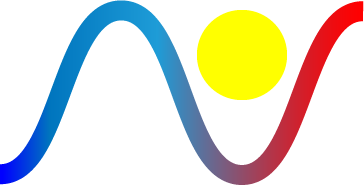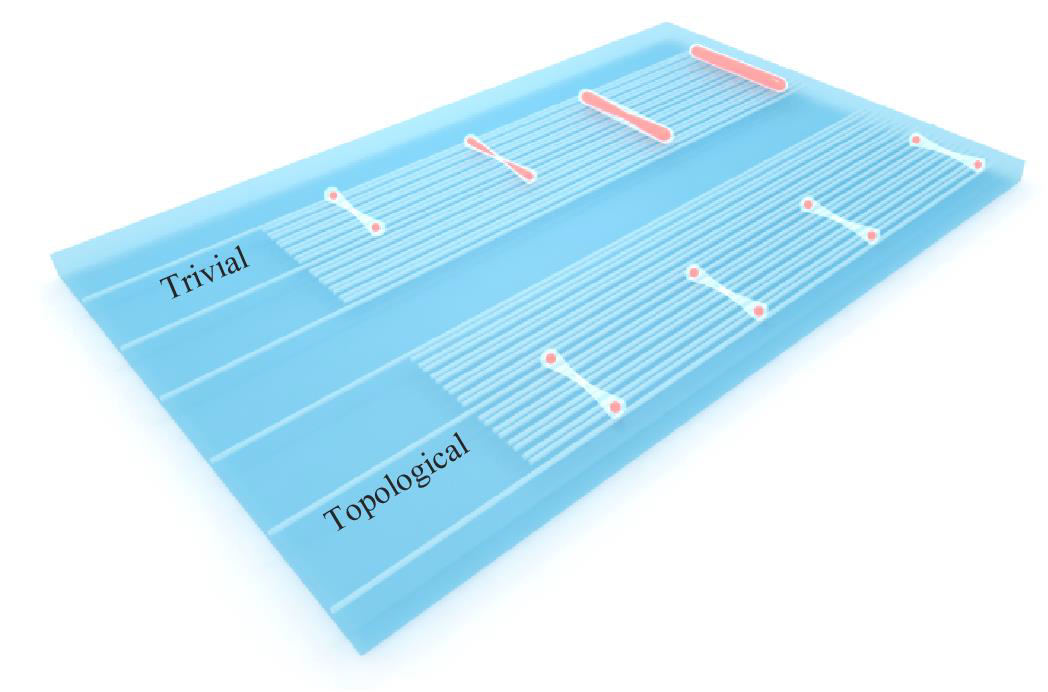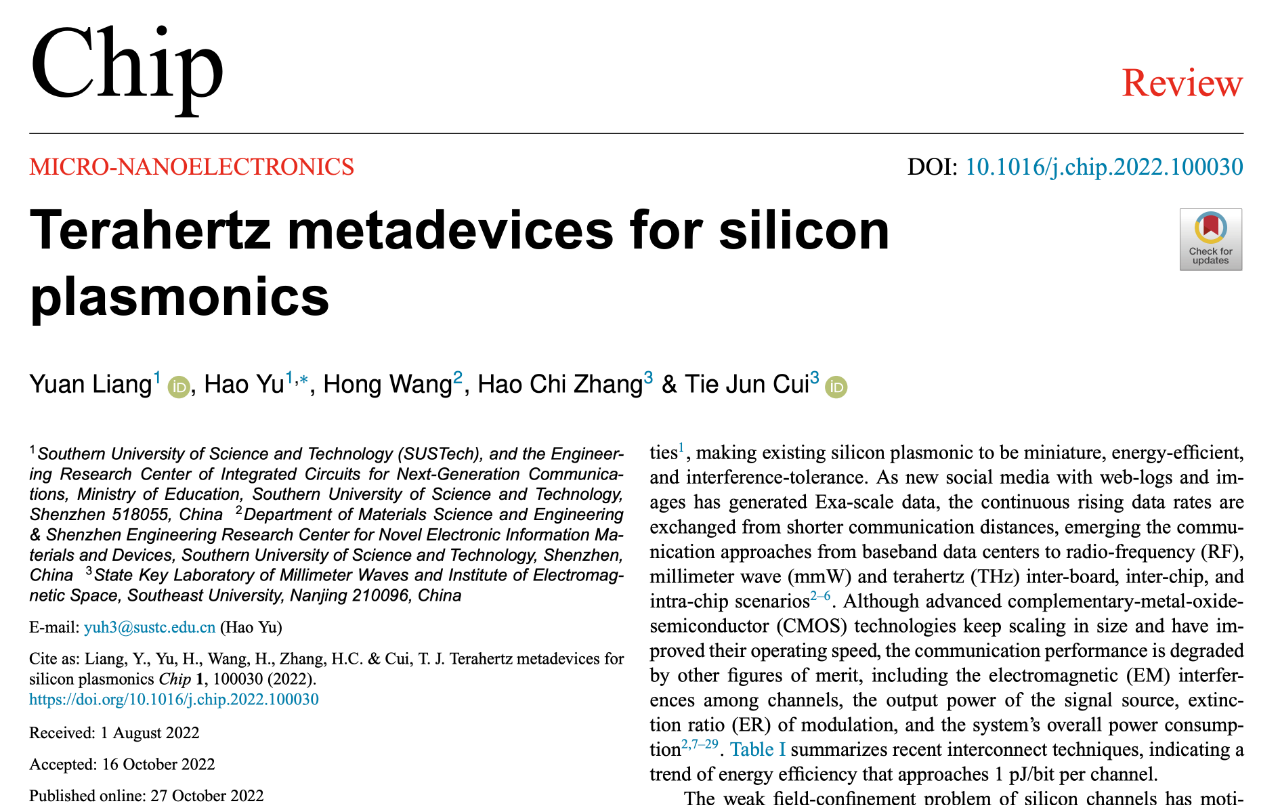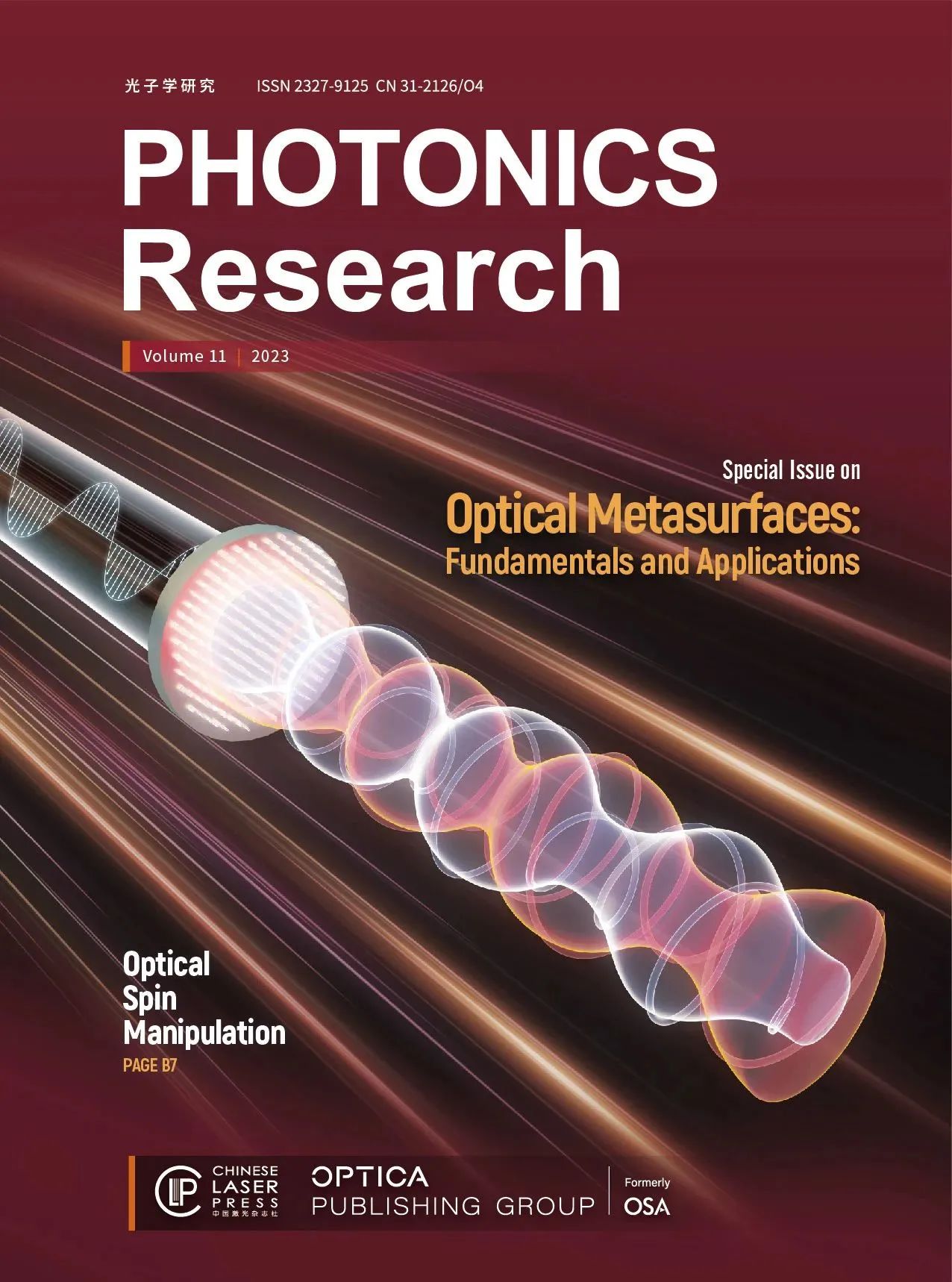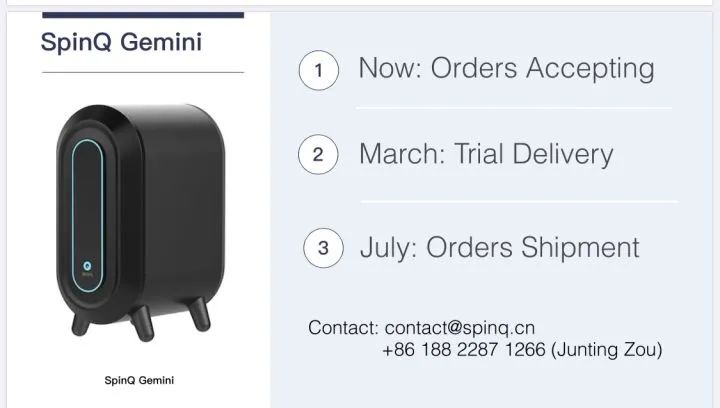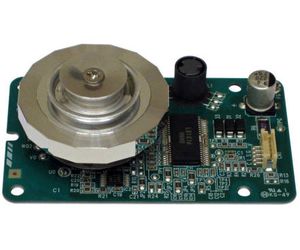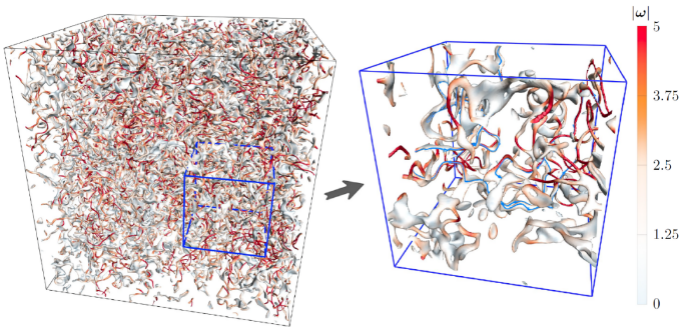Chip以封面文章发表清华大学孙洪波、林琳涵团队最新成果:等离激元杂化量子发射体中的光控量子电动力学
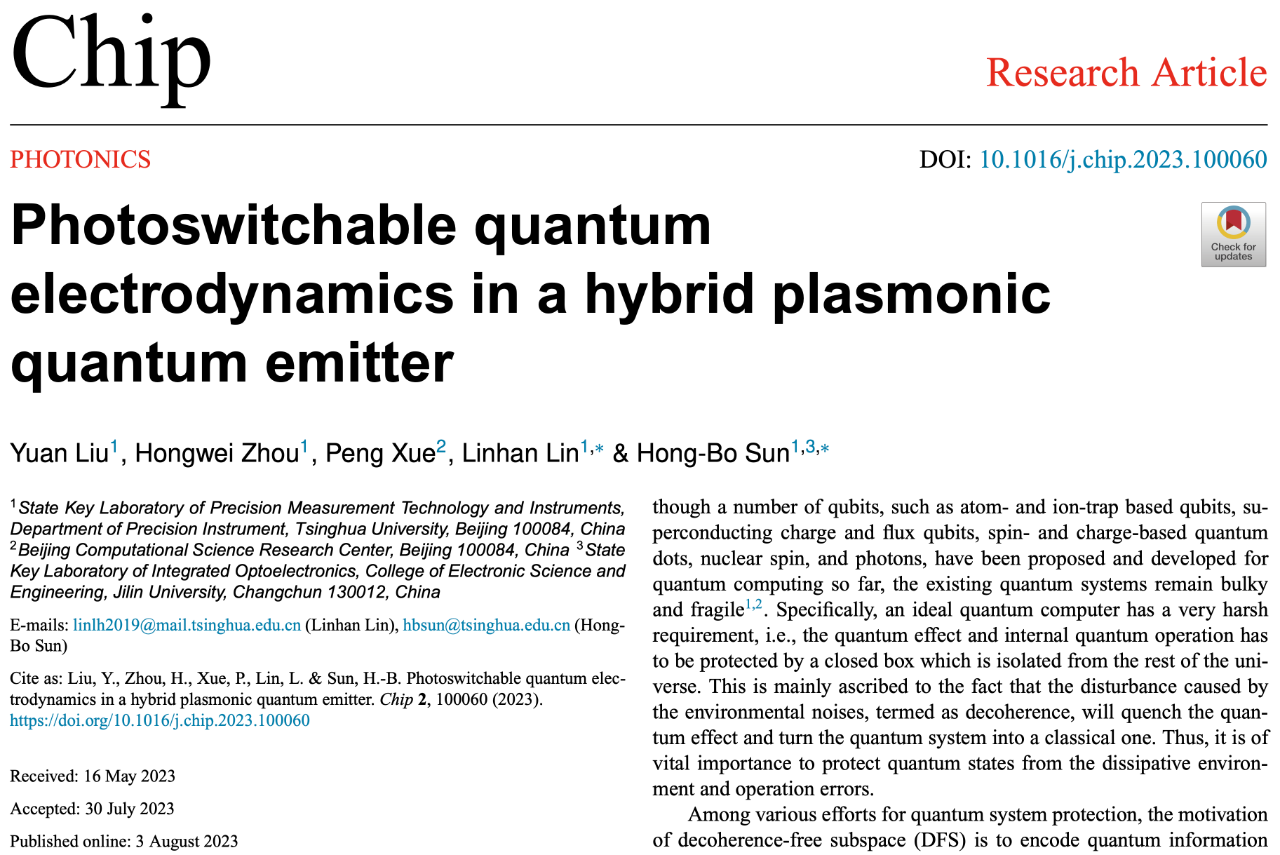
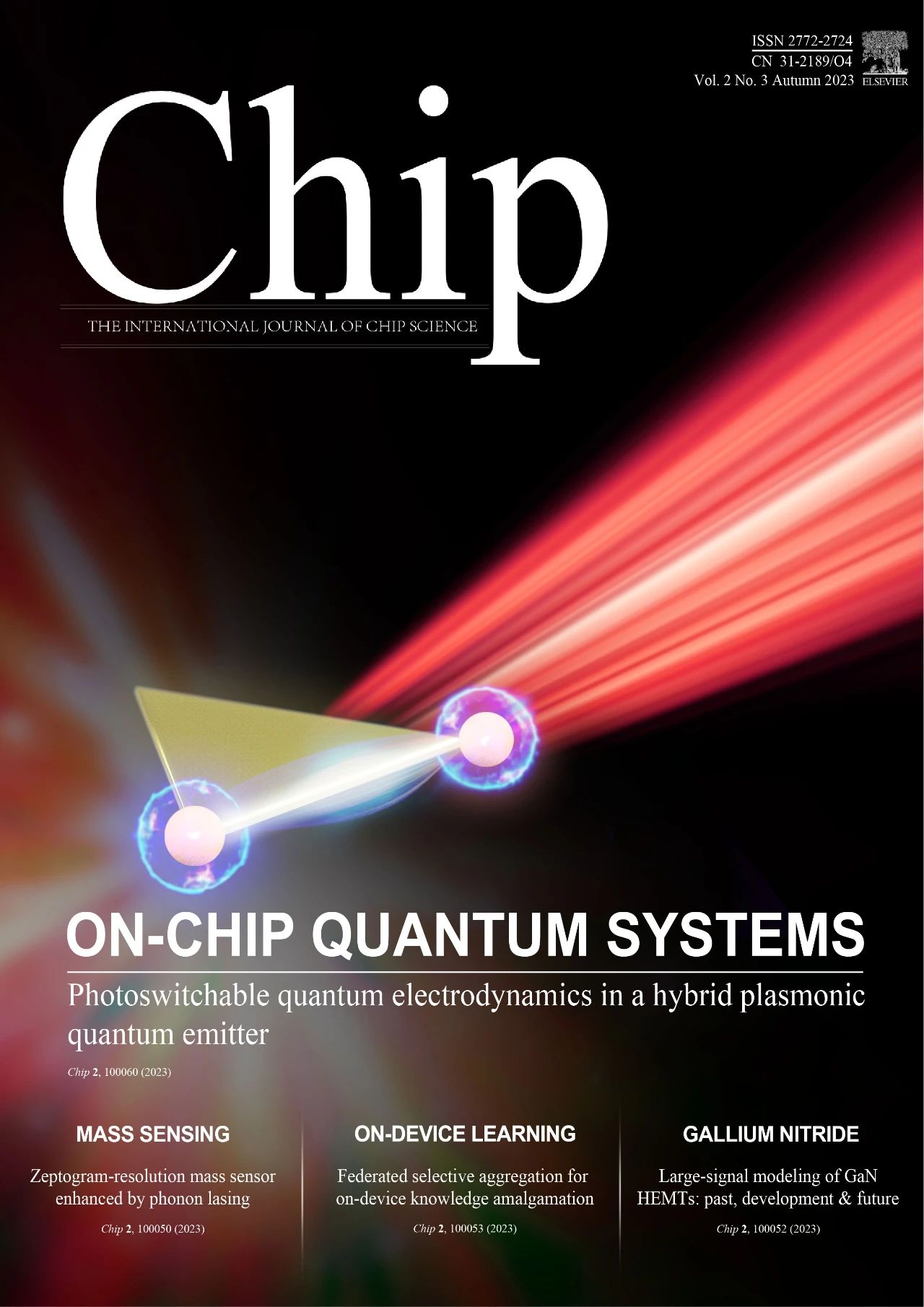
Chip第2卷第3期(2023年秋季刊)封面
为实现量子计算,科学家们开发了许多不同的硬件系统,但现有的量子系统仍然庞大而脆弱。其中,环境噪声引起的退相干将使量子效应猝灭,使量子系统成为经典系统,因此,保护量子态不受耗散环境和操作误差的影响是至关重要的²。保护量子信息的策略之一是设计无退相干子空间(DFS),其中环境对不同量子位的影响相互抵消,使整个系统无退相干。在DFS中,衰减率与量子位间距高度相关,可以通过减小量子比特间距来实现无噪声量子编码。然而,在现有的量子系统中,两个量子比特需要反相位匹配条件来最大限度地激发暗态并避免激发亮态,使得量子比特间距和暗态耗散速率不能充分降低³。
解决这一基本问题的关键是打破暗态激发中传统的反相位匹配规则。在这项工作中,研究者提出了一种由双量子比特和一个高耗散的等离激元纳米腔(PNC)组成的等离激元杂化量子发射体(HPQE),如图1。与传统反相位匹配条件相比,PNC提供的偏振依赖电场增强允许在深亚波长尺度上实现暗态激发,而无需满足反相位匹配条件所需的量子比特间距。高耗散PNC在暗态和亮态之间提供了巨大的耗散率差异,为利用等离激元热点的不对称泵浦制备暗态提供了一种新的策略,其中无用的亮态通过其高耗散率而被去除。在该方案中,通过脉冲泵浦或连续泵浦均可实现深亚波长尺度的量子比特间纠缠,如图2所示。这些优点使得我们能够制备几乎完美的DFS,既不受腔模式的影响,也不受真空环境的影响(真空自发辐射受抑制>96%)。

图1 | (a) HPQE 结构图示;(b) 能级与跃迁通道;(c)对称激发与非对称弱激发下的等效模型。

图2 | (a) PNC对x方向电场的选择性增强示意;(b) 非对称连续泵浦下的稳态纠缠;(c) 初始非纠缠情形下的自发纠缠产生。
此外,通过调控泵浦光偏振,可以将DFS中的反对称暗态转变为其对应的对称明态,其单光子发射率是耦合到PNC的单个发射体的两倍(而量子效率保持不变)⁴。单光子发射特性源于量子比特间相互作用引起的光子阻滞,与Jaynes-Cummings模型中的非线性能级类似⁵。亮态的零延迟二阶相关函数具有低至接近零(0.02)的宽范围可调谐性,如图3所示。HPQE为未来的量子计算芯片提供了一个全固态、稳健、紧凑和可重构的量子平台,而无需严格的环境要求。
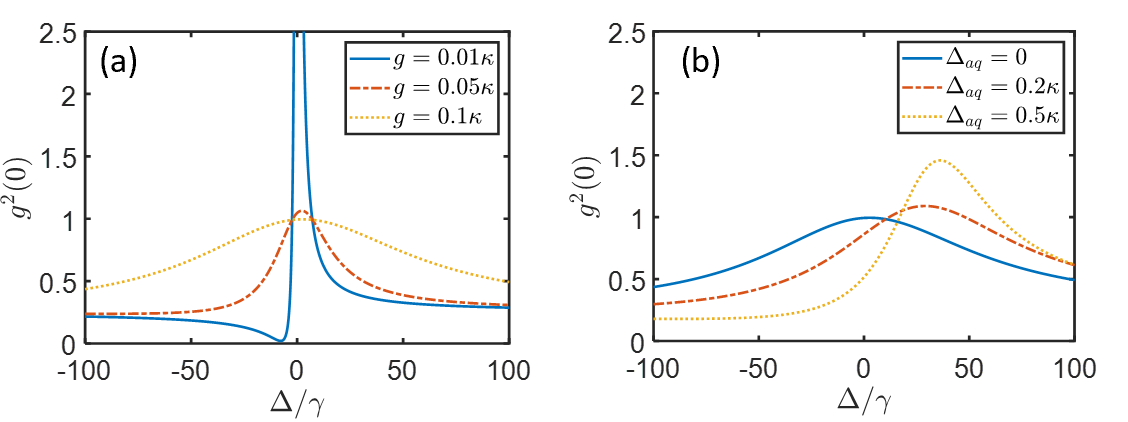
图3 | 对称泵浦时不同耦合强度 (a) 与不同比特-腔失谐 (b) 情形下的二阶关联函数()
Though many different hardware systems have been proposed and developed for quantum computing, the existing quantum systems remain bulky and fragile. The decoherence caused by the environmental noises will quench the quantum effect and turn the quantum system into a classical one. Protecting quantum states from the dissipative environment and operation errors is of primary importance². One of the strategies to protect quantum information is to design decoherence-free subspaces (DFS), where the influences from the environment on different qubits cancel each other and make the whole system free from decoherence. It is noted that in the DFS the decay rate is highly relevant to the interqubit distance, i.e., the noiseless quantum code can be realized by reducing the interqubit distance. In the existing quantum system, the TWo qubits experience opposite phases of the excited light field to maximize the excitation of the dark state and to avoid the excitation of the bright state, giving a large interqubit distance and a rapid dissipation of the dark state³.
The key to addressing this fundamental problem is to break the traditional anti-phase-matching rule in the excitation of dark states. In this work, we propose a hybrid plasmonic quantum emitter (HPQE) consisting of two qubits and a dissipative plasmonic nanocavity (PNC), stimulated by a monochromatic laser. In contrast to the conventional anti-phase-matching condition, herein the polarization-dependent electromagnetic field enhancement of the PNC allows the excitation of the dark state at a deep subwavelength scale, showing a total disregard for the anti-phase-matching condition. The highly dissipative PNC makes a tremendous difference in the decay rate between the dark state and the bright state, providing a new strategy to prepare the dark state with an asymmetric pump of the plasmonic hot spots, where the unwanted bright state is removed by its high decay rate. In this scheme, deep subwavelength interqubit entanglement with both pulsed pump and continuous pump can be achieved, as shown in Fig. 2. These benefits enable the preparation of a nearly perfect DFS decoherence-free from both the cavity mode and the vacuum environment (>96% suppression of the vacuum spontaneous decay).
More interestingly, a switching of pumping light polarization turns the dark state in the DFS into the bright state, which has a single-photon emission rate of twice as high as that of a single qubit coupled to a PNC (while the quantum efficiency remains unchanged)⁴. The single-photon emitter characteristic arises from the interqubit interaction induced photon-blockade, mimicking the nonlinearity of the Jaynes-Cummings ladder⁵. The second-order correlation function at zero delay of the bright state shows a wide-range tunability down to near zero, as shown in Fig. 3. The HPQE in this work provides an all-solid-state, robust, compact, and reconfigurable quantum platform for future quantum computing chips without rigorous environmental requirements.
参考文献:
Chip(ISSN:2772-2724,CN:31-2189/O4)是全球唯一聚焦芯片类研究的综合性国际期刊,已入选由中国科协、教育部、科技部、中科院等单位联合实施的「中国科技期刊卓越行动计划高起点新刊项目」,为科技部鼓励发表「三类高质量论文」期刊之一。
爱思唯尔Chip官网:
免责声明:本文旨在传递更多科研资讯及分享,所有其他媒、网来源均注明出处,如涉及版权问题,请作者第一时间联系我们,我们将协调进行处理,最终解释权归旭为光电所有。

